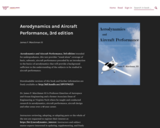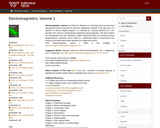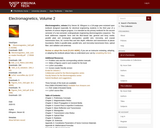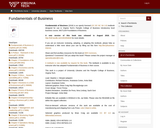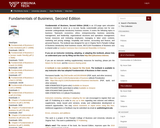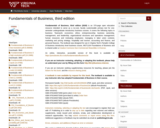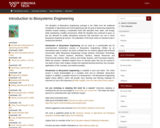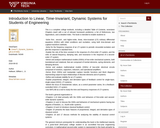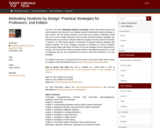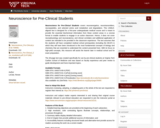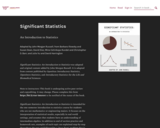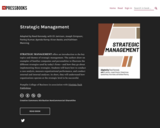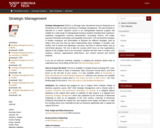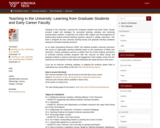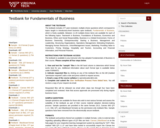
Aerodynamics and Aircraft Performance, 3rd edition is a college undergraduate-level introductory textbook on aircraft aerodynamics and performance. This text is designed for a course in Aircraft Performance that is taught before the students have had any course in fluid mechanics, fluid dynamics, or aerodynamics. The text is meant to provide the essential information from these types of courses that is needed for teaching basic subsonic aircraft performance, and it is assumed that the students will learn the full story of aerodynamics in other, later courses. The text assumes that the students will have had a university level Physics sequence in which they will have been introduced to the most fundamental concepts of statics, dynamics, fluid mechanics, and basic conservation laws that are needed to understand the coverage that follows. It is also assumed that students will have completed first year university level calculus sequence plus a course in multi-variable calculus. Separate courses in engineering statics and dynamics are helpful but not necessary. Any student who takes a course using this text after completing courses in aerodynamics or fluid dynamics should find the chapters of this book covering those subjects an interesting review of the material.
The 236-page text was created specifically for use by undergraduate students in Aerospace Engineering and was based on Professor Marchman’s many years of experience teaching related subject matter as well as his numerous wind tunnel research projects related to aircraft aerodynamics and his personal experience as the owner and pilot of a general aviation airplane. It has been used at Virginia Tech and other universities.
Table of Contents
1. Introduction to Aerodynamics
2. Propulsion
3. Additional Aerodynamics Tools
4. Performance in Striaght and Level Flight
5. Altitude Change: Climb and Glide
6. Range and Endurance
7. Accelerated Performance: Takeoff and Landing
8. Accelerated Performance: Turns
9. The Role of Performance in Aircraft Design: Constraint Analysis
Appendix A: Airfoil Data
Instructors reviewing, adopting, or adapting parts or the whole of the text are requested to register their interest at: https://bit.ly/aerodynamics_interest.
978-1-949373-63-9 (PDF) http://hdl.handle.net/10919/96525
978-1-949373-64-6 (ePub) http://hdl.handle.net/10919/96525
978-1-949373-62-2 (HTML/Pressbooks) https://pressbooks.lib.vt.edu/aerodynamics
- Subject:
- Engineering
- Material Type:
- Textbook
- Provider:
- Virginia Tech
- Provider Set:
- VTech Works
- Author:
- James F. Marchman III
- Date Added:
- 09/30/2021
